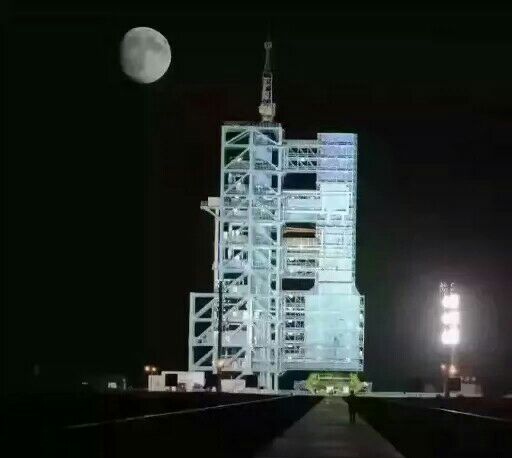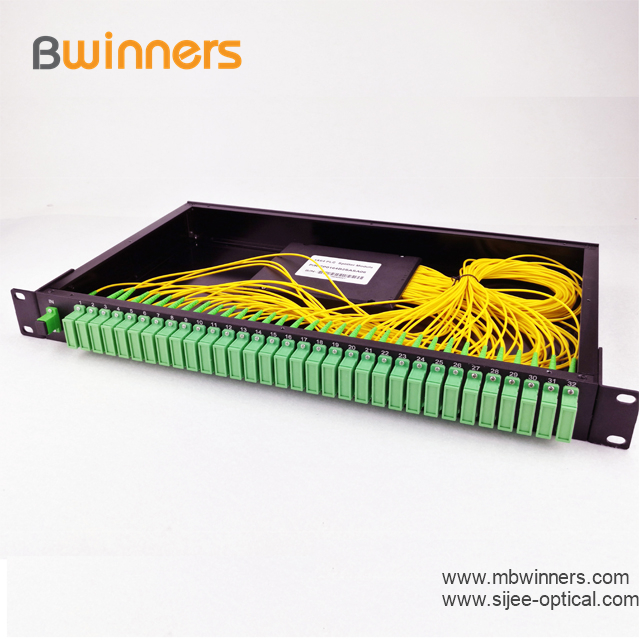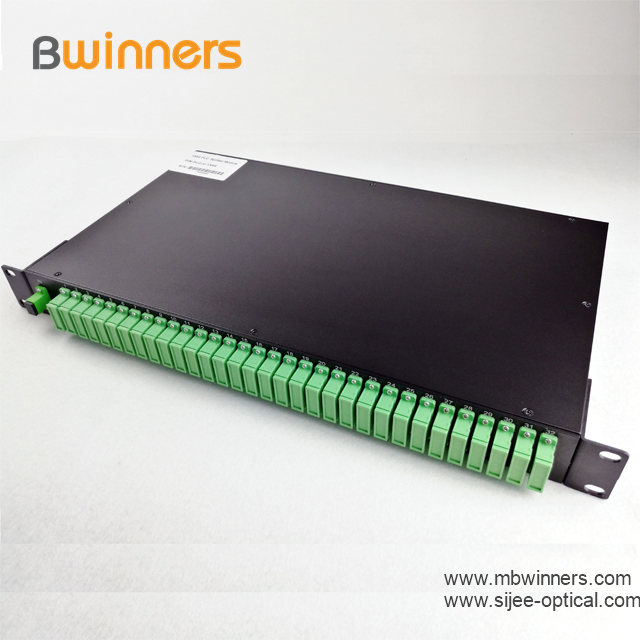
September 22 late 22:04 minutes 09 seconds! China’s first truly space laboratory, Tiangong-2, has been successfully launched. This may be the space laboratory that has been decorated the most beautiful ever and is suitable for astronauts for a long time and does not need to plant potatoes!
As an important part of the lunar exploration program in China, five years after the Tiangong-1 spacecraft successfully traveled into space, the Tiangong-2 began to relay. Compared with the Tiangong-1, the characteristics of Tiangong-2’s mission can be summarized as: high! Experiment more! Longer!
1. Fly higher: This launch is currently the closest to China's most demanding spacecraft orbital mission, which is about 50 kilometers higher than Tiangong No. 1 and meets the orbital height requirements of future space stations.
2. Longer time: As the sixth manned flight in China, the time record of this manned flight will increase from 15 days of Shenzhou 10 to 33 days.
3. More experiments: The various experiments to be performed on the Tiangong 2 have reached an unprecedented 14 items, making it the “busiest†space laboratory in the history of Chinese aerospace.

(Photo from: China Aerospace Science and Technology Corporation)
Among them, the mid-term residency of astronauts, on-orbit addition of propellants, and on-orbit maintenance technology tests are the three main tasks of Tiangong II. In addition, it will also undertake a series of cutting-edge scientific research such as space application science experiments and aerospace medical experiments.
Titanium geek Xiaobian has compiled the three core tasks for the Tiangong-2 space laboratory. The following content is from: CCTV Live, Xinhua News Agency, Space Applications Engineering and Technology Center. After all, popular science has to do with professionals.
Task 1: Astronauts Reach Mid-term ResidencyWhen the Tiangong-1 was launched five years ago, the longest residency time for Chinese astronauts in outer space was recorded as 15 days. This figure will increase to 33 days on Tiangong 2 to achieve mid-term residency. Although time has doubled, this has put forward higher requirements for astronauts' life support systems and aircraft design.
When the astronauts resided in outer space, they mainly worked and lived in the experimental chamber of Tiangong-2. According to the introduction of Zhu Yipeng, the chief architect of Tiangong 2 of China Academy of Aerospace Science and Technology Corporation, when interviewed by Xinhua News Agency, Tiangong 2 did Many spacecraft designs aim at the weightlessness of the universe to achieve the mid-term residency goals.

(Photo from: China Aerospace Science and Technology Corporation)
For example, increase the hard handrails to facilitate the astronauts in the cabin leveraging the movement; design the waist tie to facilitate the activities of the astronaut limbs; design wireless headsets, wireless calls and so on, and even add a Bluetooth audio! The R&D team has newly designed the experimental cabin from several aspects such as improving the quality of life, reducing the workload, improving the sleeping environment, and enriching the entertainment conditions. This is the first time that the history of manned space flight in China has systematically carried out the design of a livable and livable environment.
In addition, the mid-term residency test of Tiangong 2's space circulation life support system is also very large. The main function of this system is to provide oxygen, water, and food that people need, and provide the astronauts with the proper temperature, humidity, and pressure. The upgraded environment control and life support system on Tiangong 2 will provide astronauts with 30 days of protection.
In terms of interior decoration, Tiangong 2 has added many distinctive elements, including the logo of China’s manned space project and the logo of China Aerospace Science and Technology Corporation. In addition, to commemorate the 60th anniversary of the establishment of China’s space industry, there will be special symbols for the design of the Chinese space industry.
Task two: propellant on-orbit addition"Propellant on-orbit supplementation" is the basic technology for future construction of a space station. Its role, as its name suggests, is to supplement propellants on in-orbit flying vehicles. The principle of this technology is not very complicated but the difficulty lies in the realization process.
According to the introduction of Jiang Mingwei, the head designer of the Tiangong 2 propulsion subsystem, the principle of the project is: “When the cargo spacecraft docks with Tiangong 2nd, Tiangong 2 uses the compressor to pump the gas from the Tiangong 2 storage tank. The pressure drops, and the gas in the high-pressure gas cylinders on the cargo spacecraft pushes the propellant out of its tank and enters the Tiangong 2 tank through the connecting pipe."
Jiang Mingwei pointed out that one of the difficulties in compressors is miniaturization. “Unlike a compressor with at least one or two hundred kilograms of ground, the weight of the equipment used in space cannot be too large, otherwise the weight of propellant transported will be affected. We passed a series of technological innovations to use the compressor of Tiangong-2. Weight control is tens of kilograms."
In the past, the docking mechanism for unmanned and manned spacecrafts was mainly a circuit connection, and Tiangong 2 was added to verify the on-orbit supplementation technology. Propellants are dangerous goods and require precise piping connections. The research and development team's efforts to create a floating disconnector can improve the accuracy of supplements and avoid leakage. In addition, special tanks made of new materials and new processes can satisfy multiple additions. The successful development of these key single machines has laid a solid foundation for the implementation of on-orbit supplementation technology.
Once these tasks are in place, once Tiangong 2 has successfully entered orbit, the on-orbit replenishment system will be able to dock with the cargo spacecraft at any time in outer space. After a few days, we can formally verify this technology.
Task 3: On-orbit maintenance technology testThe outer space environment is complex. It is inevitable that the space station will need to repair the equipment products during the long-term operation. Compared with ground maintenance, on-orbit maintenance is difficult and demanding. In addition to the technical and hands-on capabilities required for equipment maintenance, astronauts also need to overcome obstacles such as narrow space and microgravity environment.
"The spacecraft has a large number of equipment and maintenance space is very small. In the microgravity environment, maintenance equipment needs support points to be able to use the force. Overcoming these difficulties requires advanced on-orbit maintenance technology." Zhu Xipeng said.
To verify the on-orbit maintenance technology in advance and lay the foundation for the construction of the space station, Tiangong 2 undertook a series of on-orbit maintenance technical tests, including pilot projects such as maintenance of liquid roads, maintenance of the whole machine, and maintenance of board cards.
The successful launch of the Tiangong 2 is a new milestone for China’s manned spaceflight, which has made our country’s lunar exploration program a big step forward. Next, the Shenzhou XI manned spacecraft and the Tianzhou-1 cargo spacecraft will successively enter space.
Among them, the Shenzhou XI manned spacecraft will send two astronauts into space and dock with Tiangong-2 and stay in space for 30 days. The equipment and resources needed for the astronauts to stay are many from Tiangong II. No. First sent to space.
Optical coupler is also called optical splitter, is one of the most important passive devices in optical fiber link, is with multiple inputs and multiple output end of the optical fiber connected devices. The fiber optic splitter by the light splitting principle can be divided into the fused biconical taper (FBT type) and planar waveguide type (PLC type).
PLC Splitter, With SC/APC Connector,SC/UPC Connector, LC/APC Connector , LC/UPC Connector
Bwinners Telecom Communication products include: Fiber Optic Splice Closure, FTTH Fiber optical Distribution Box, FTTH Fiber Optic Socket Face Plate, Fiber Optic Patch Panel Terminal Box, ODF Optical Fiber Distribution Frame, OCC Optical Fiber Cross Connection Cabinets, Network Cabinet, Equipment Enclosure, PLC Splitter, Fiber Optic Patch cord, Fiber Optic Adapter, Fiber optic pigtail, FTTH Accessories, etc.
Bwinners Equipment Enclosure includes all kinds of Equipment Enclosure, wall mounting enclosure, junction box, network box, electrical enclosure box, stainless steel enclosure, electronic equipment racks, metal cabinets, metal enclosure CATV enclosure, etc.



fiber optic splitter plc, fiber optic cable splitter, optical splitter, Mini Type PLC Splitter, Cassette Type PLC Splitter, Insertion Module PLC
Sijee Optical Communication Technology Co.,Ltd , https://www.sijee-optical.com